Transformers are the most recognizable devices in electricity. They are large, have obvious features, and are simple in principle but require more maintenance. They look much more important than “cables”. On the power grid diagram, transformers are like backbone nodes, and other devices are like their connections. This article introduces the composition, principle, function, classification, etc. of transformers.
1. Principle of transformers
The conversion principle of transformers is to use electromagnetic induction to change AC voltage.
Transformers have two sets of coils. Primary coils and secondary coils. When AC is applied to the primary coil, the transformer core generates an alternating magnetic field, and the secondary coil generates an induced electromotive force. The turn ratio of the transformer coils is equal to the voltage ratio. As long as the number of turns of the winding is appropriately changed, the ratio of the primary and secondary electromotive forces can be changed to achieve the purpose of changing the voltage.
For example: the primary coil is 500 turns, the secondary coil is 250 turns, the primary is 220V AC, and the secondary voltage is 110V.
Transformers can both step down and step up. If the primary coil has fewer turns than the secondary coil, it is a step-up transformer, which can increase low voltage to high voltage.
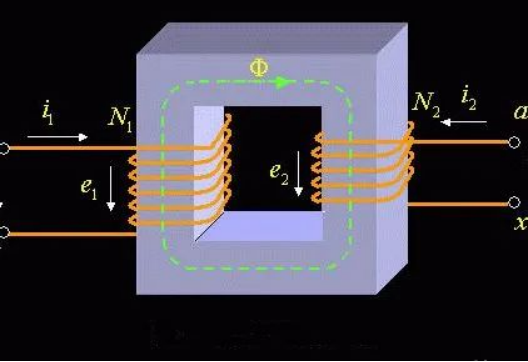
2. Transformer composition
The transformer is mainly composed of an iron core and windings.
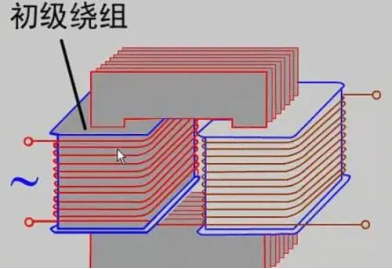
The iron core is the magnetic circuit channel of the transformer, and the winding is the circuit part of the transformer, which is made of a certain number of turns of enameled wire.
The one connected to the power supply is called the primary winding, also known as the primary winding. The one connected to the load is called the secondary winding, also known as the secondary winding, or the secondary winding.
The basic forms of the iron core structure are core type and shell type.
The core column of the transformer with a core structure is surrounded by the winding. Simply put, the winding surrounds the iron core, the structure is relatively simple, and assembly and insulation are relatively easy, so the transformer often adopts a core structure.
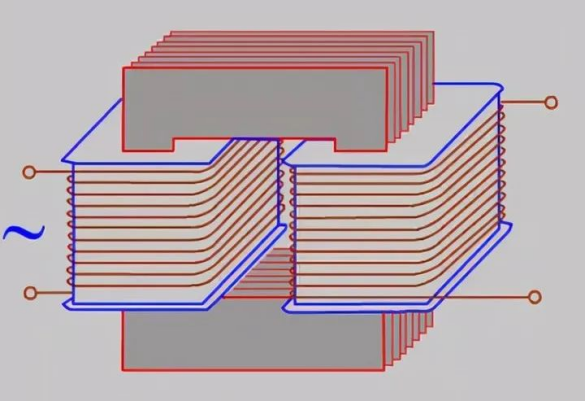
The shell structure is an iron core surrounding the winding. The shell structure transformer has high mechanical strength and exposed tooth angle, but its manufacturing process is complicated and uses more materials. It is usually only used in low-voltage and high-current transformers or small-capacity power transformers.
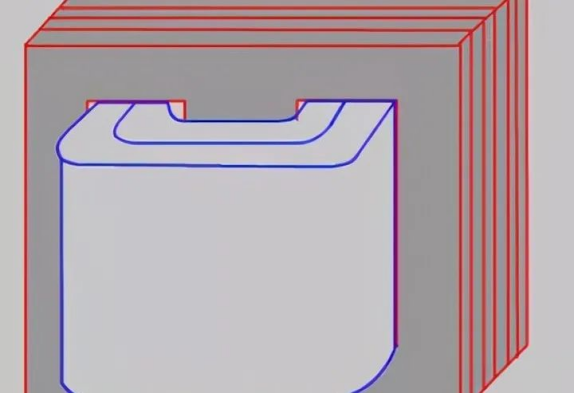
3. The role of transformers
The transformers mainly have the functions of changing voltage, charging current, and isolating, among which:
Voltage changing: increasing or decreasing the voltage, converting the voltage generated by the generator into a voltage level for residential or industrial use through the process of step-up, transmission, and step-down.
Current changing: changing the voltage while changing the current.
Isolation: isolating the user system from the power supply system to reduce the scope of the accident.
Here we review the common voltage levels of the power grid:
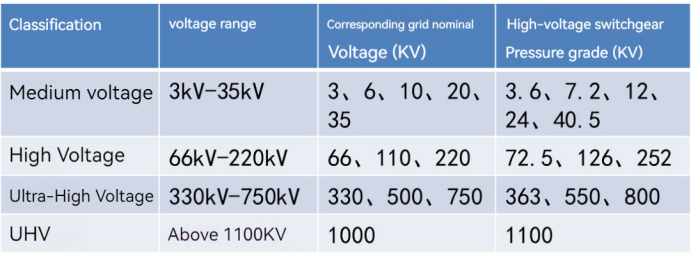
4. Classification of transformers
Classification by transformer capacity:
Small transformer: voltage below 10KV, capacity between 1 and 500KVA.
Small and medium transformer: voltage between 35kV and below, capacity between 630 and 6300kVA.
Large transformer: voltage between 110kV and below, capacity between 8000 and 63000kVA.
Extra-large transformer: voltage between 220kV and above, capacity between 90000KVA is called a large transformer.
Classification by transformer use:
Power transformer: used for boosting, stepping down, power distribution, and communication in power transmission and distribution systems, or specially used for self-use transformers in power plants and substations.
Instrument transformer: such as voltage transformer, or current transformer, used for measuring instruments and relay protection devices.
Power transformer: used for control power supply, lighting, and indication of general mechanical equipment.
Electronic transformer: used in electronic circuits such as switching power supply, audio, pulse, impedance matching, etc.
Test transformer: can generate high voltage and conduct high voltage tests on electrical equipment.
Special transformers: such as electric furnace transformers, rectifier transformers, voltage regulating transformers, etc.
Classification by the number of phases of transformer windings:
Single-phase transformer: used for single-phase loads and three-phase transformer groups.
Three-phase transformer: used for voltage increase and decrease in three-phase systems.
Multi-phase transformer: mostly used in rectifier transformers.
Classification by transformer cooling form:
Dry-type transformer: relies on air convection for cooling, generally used for small-capacity transformers such as local lighting and electronic circuits.
Oil-immersed transformer: a transformer that uses transformer oil as an insulating medium and cooling medium, with the core and coil all immersed in insulating oil.
Classification by transformer winding connection form:
Dual-winding transformer: used to connect two voltage levels in the power system.
Three-winding transformer: generally used in regional substations of power systems, connecting three voltage levels.
Autotransformer: primary and secondary windings are combined into one, used to connect power systems of different voltages. It can also be used as an ordinary step-up or step-down transformer.
Multi-winding transformer: split transformer, the transformer low-voltage winding is split into two or three parts, which are not electrically connected.
Classification by transformer core form:
Core transformer: such as mouth-type plug-in transformer, C-type transformer, and R-type transformer.
Toroidal transformer: such as contact voltage regulator, etc.
Amorphous alloy transformer: also called an energy-saving transformer, an amorphous alloy core transformer is made of new magnetic conductive material, no-load current drops by about 80%, and good temperature resistance, is currently the most ideal distribution transformer for energy saving, especially suitable for rural power grids and developing areas with low load rate.
Shell transformer: a special transformer for large current, such as an electric furnace transformer, welding transformer; or power transformer for electronic instruments and television, radio, etc.
Classification by transformer operating frequency:
Industrial frequency transformer: its operating frequency is 50Hz or 60Hz.
Intermediate frequency transformer: its operating frequency is 400~1000Hz.
Audio transformer: its operating frequency is 20Hz~20kHz.
Super audio transformer: its operating frequency is above 20kHz, generally not exceeding 100kHz.
High-frequency transformer: its operating frequency is above 20Hz~100kHz.
Classification by transformer moisture-proof method:
Open transformer: The oil pillow connecting pipe and the desiccant are directly connected to the atmosphere, so the oil in the oil pillow is in contact with the air, the oil is easily oxidized, and the moisture in the air also easy to enter the transformer oil, so it is generally only used in low-voltage transformers, such as 10KV and some 35KV transformers.
Sealed transformer: A non-breathing transformer that can prevent the exchange of substances inside the transformer with the external atmosphere.